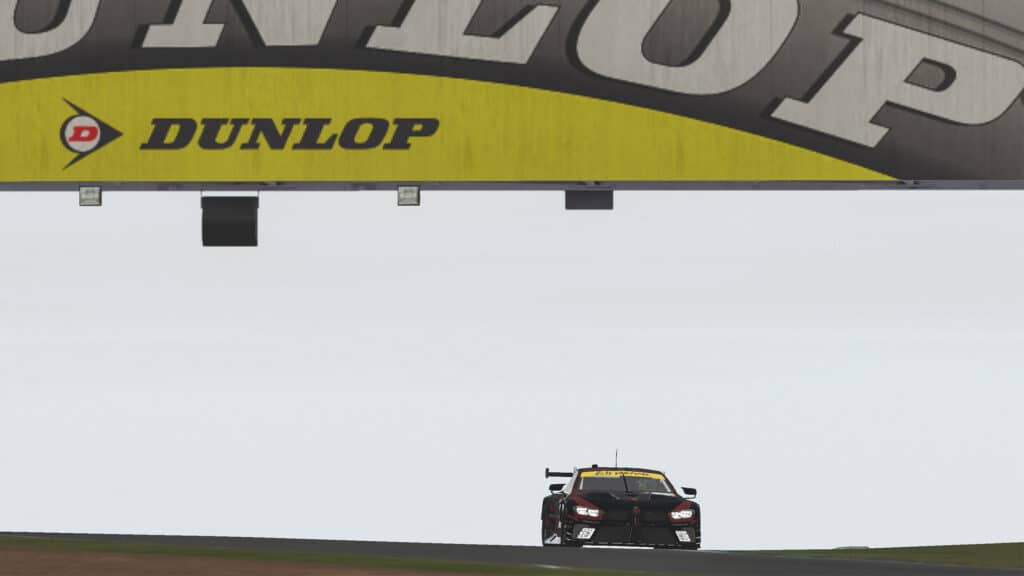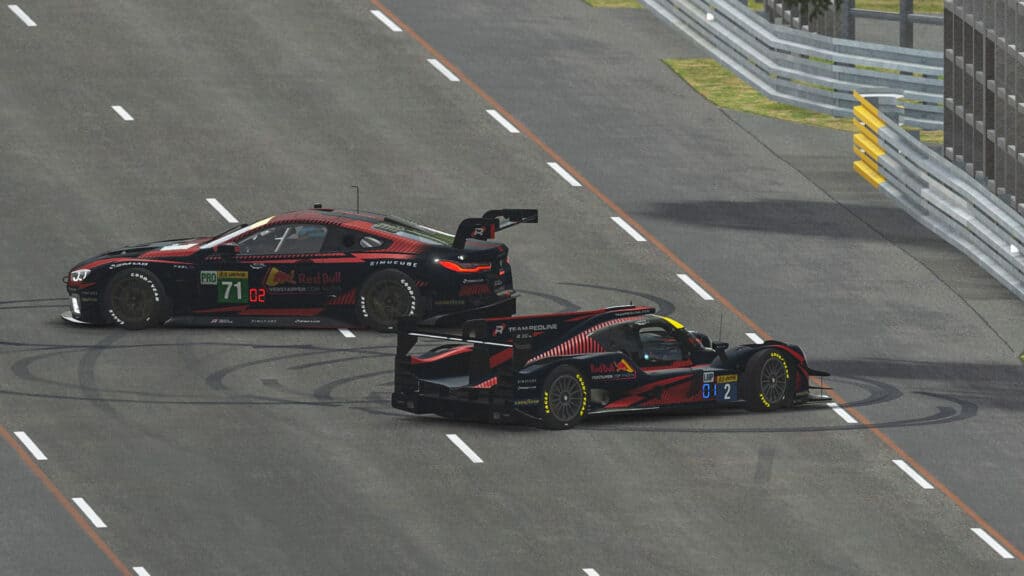Several cars in the early hours of Sunday morning disconnected from the 2023 24 Hours of Le Mans Virtual race, including the high-profile ejection of Formula 1 world champion Max Verstappen.
Now, rFactor 2‘s – the platform used by the Le Mans Virtual Series uses to run the event – development team has launched an investigation into the potential causes.
The first quarter of the race, which mixes real-world motorsport drivers with professional sim racing entrants suffered two red flag stoppages and several car disconnections, which are thought to be due to interference by a third party after IP address information was accidentally spread online.
This has since been confirmed by Gérard Neveu, Executive Producer of the 24 Hours of Le Mans Virtual post-event.

Later in the race, the event ran uninterrupted up until 5.30 am CET when a group of five cars disconnected within a close timeframe. They were all able to rejoin and continue racing.
At 6.47 am CET the #1 Redline entry driven by Max Verstappen, and the #100 Arnage Competition LMP, were disconnected too. This ultimately led to a strong polemic against the platform from Verstappen and the Formula 1 champion withdrawing from the race.
During the third running of the 24 Hours of Le Mans Virtual, it is clear that there were two major server issues which necessitated red flag stoppages,” explained the statement by Studio 397, the wholly owned subsidiary of Motorsport games who creates rFactor 2.
“These were global disconnections caused by a security breach, resulting from the unintentional sharing by race competitors of IP addresses connecting teams to the server.”
However, while that covers the initial stages of the race, it does not explain what happened to Verstappen.
“We have had 180 competitors taking part on 164 different simulators all around the world, and we appreciate the frustrations of any individual drivers or teams affected,” continues the statement.
A full investigation will be launched at the conclusion of the event and we will report back on the findings in due course.”

This was echoed by Executive Producer of the 24 Hours of Le Mans Virtual Gérard Neveu:
““We have asked the rFactor2 platform to launch a full investigation to find out where these problems are coming from and of course, we will look at our processes and guidelines to try and reduce the chance of similar issues taking place in 2024,” he said.
It’s the latter part of the of the rFactor 2 statement that is key, with the cause of the initial instability thought to be known, the second-half disconnections raise the question of rFactor 2’s viability for large-scale esports events. The root cause must be found sooner rather than later.
Full disclosure – Traxion.GG is part of Motorsport Games and the Motorsport Games family of brands. All Traxion.GG content is editorially removed from Motorsport Games video game development and created by a dedicated team. Traxion.GG is one of the official media partners of the Le Mans Virtual Series.





Chat with the Community
Sign Up To CommentIt's completely Free